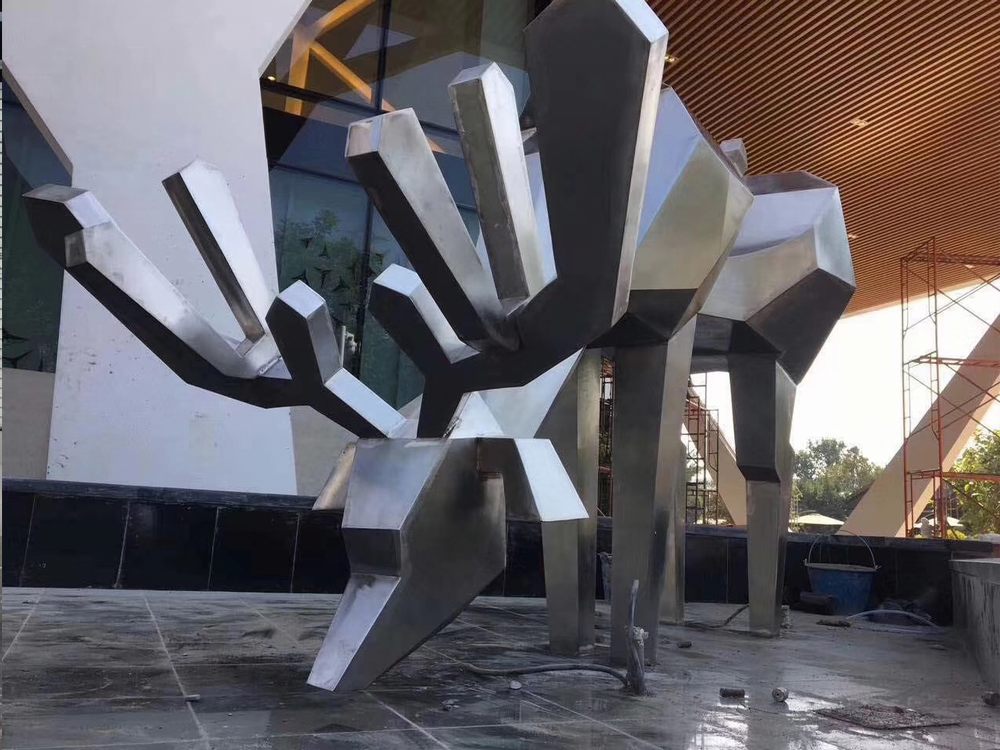
Stone carvings have served as timeless canvases for human storytelling across civilizations. Artists masterfully create narrative depth through deliberate techniques that transform cold rock into vivid tales.
Composition acts as the foundation of visual storytelling. Carvers arrange figures sequentially to mimic literary pacing, often using horizontal registers like pages of a book. The Bayeux Tapestry's stone counterparts demonstrate this chronological unfolding, where each segment advances the plot.
Symbolism provides narrative shorthand. A raised hand might signify blessing, while intertwined serpents could represent eternal struggle. Egyptian hieroglyphics perfected this symbolic language, where each element carried layered meanings that viewers would instinctively decode.
Perspective manipulation guides the viewer's eye. Ancient Greek sculptors employed "isocephaly" (equal head height) to denote importance rather than spatial accuracy, making deities tower over mortals in relief carvings.
Textural contrast creates dramatic emphasis. Smooth surfaces might indicate divine figures amidst rough-hewn mortal realms, as seen in Hindu temple carvings where gods appear polished against unfinished backgrounds.
Cultural context serves as the unspoken prologue. Medieval masons assumed viewers recognized biblical symbolism, just as Mayan artists relied on shared mythological knowledge. This collective understanding allowed complex stories to be told efficiently.
Modern conservators reveal how patina and wear patterns sometimes became incorporated into the narrative - weather-worn features adding gravitas to aged prophets or warriors in Gothic cathedrals.
Contemporary stone artists continue these traditions, proving that narrative carving remains a vital art form. From memorials to public art, the ancient language of stone storytelling still resonates, connecting viewers across centuries through the universal power of visual narrative.

